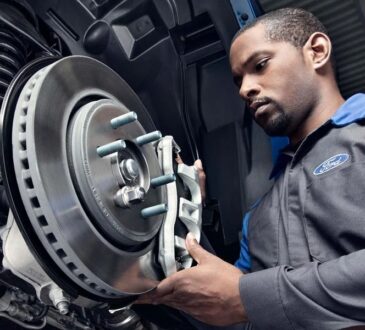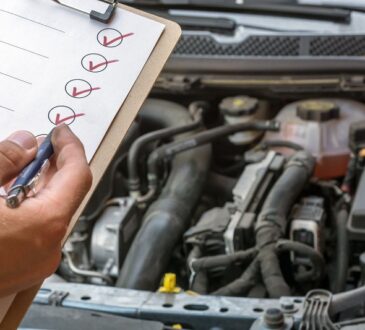
Modern vehicles are complex machines managed by a sophisticated network of electrical components. Among these, car relays play a crucial, yet often overlooked, role. These electromagnetic switches act as intermediaries, controlling high-current circuits using low-current signals. They protect sensitive electronic control units (ECUs) and enable efficient management of various automotive functions. For expert diagnosis and repair of relay-related issues, trust professional Auto Repair in Hutto, TX.
The Relay’s Function: An Electromagnetic Switch
A car relay functions as an electrically controlled switch, enabling a low-current circuit to manage a high-current circuit. Its core components include an electromagnet, a movable armature, a spring, and a set of electrical contacts. The process begins when a small electrical current flows through the electromagnet, generating a magnetic field. This magnetic field attracts the armature, causing it to move. This movement of the armature is crucial, as it directly affects the state of the electrical contacts. The contacts either close, completing a high-current circuit and allowing electricity to flow, or open, interrupting the circuit and stopping the flow of electricity.
The spring forces the armature back to its resting position after the low-current signal is removed. The electrical contacts return to their initial condition, opening or closing the circuit as intended. The relay controls a bigger current with a tiny current. Protecting sensitive circuits from high currents and simplifying car wiring are advantages of this design.
Controlling Crucial Electrical Functions
Car relays are integral to managing a wide array of crucial automotive functions. For example, they control the fuel pump, ensuring a consistent supply of fuel to the engine. Without a relay, the ECU would have to handle the high current required to power the pump, potentially causing damage. Headlights, another necessity, also benefit from relay control. Headlight circuits require significant power, and relays allow the driver to activate them without putting undue stress on the headlight switch or wiring.
Ignition Systems and Starting Motors
The ignition system, vital for starting the engine, heavily relies on relays. The starter motor relay allows a driver to crank the engine. Relays are frequently used to separate the high-draw starter motor from other sensitive circuits. Other electrical components, like the horn, cooling fans, and power windows, also rely on relays to function safely and reliably.
Conclusion
Relays are robust components, but they can fail due to age, corrosion, or electrical surges. Common symptoms of a faulty relay include non-functional headlights, a fuel pump that isn’t priming, or a starter motor that doesn’t engage. Diagnosing a relay issue often involves testing the relay with a multimeter to check for continuity and proper activation. Replacing a faulty relay is typically a straightforward and inexpensive process, preventing more significant and costly electrical problems down the line.




